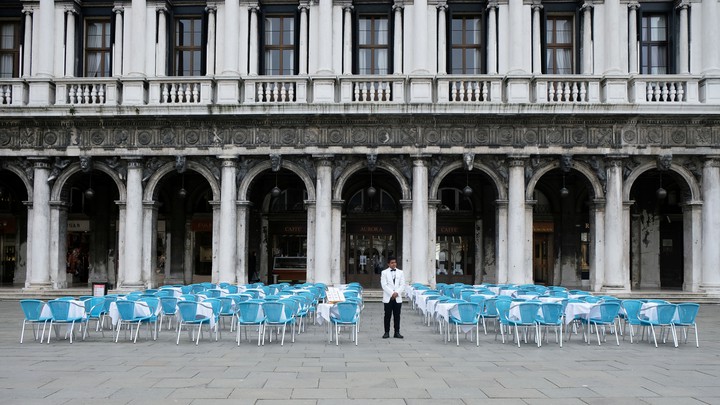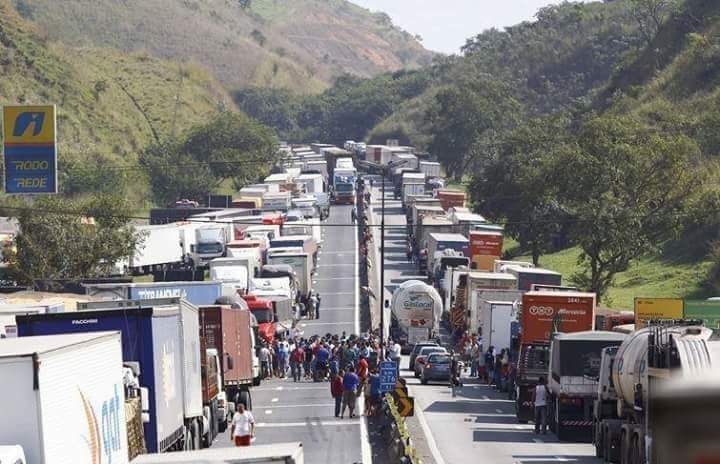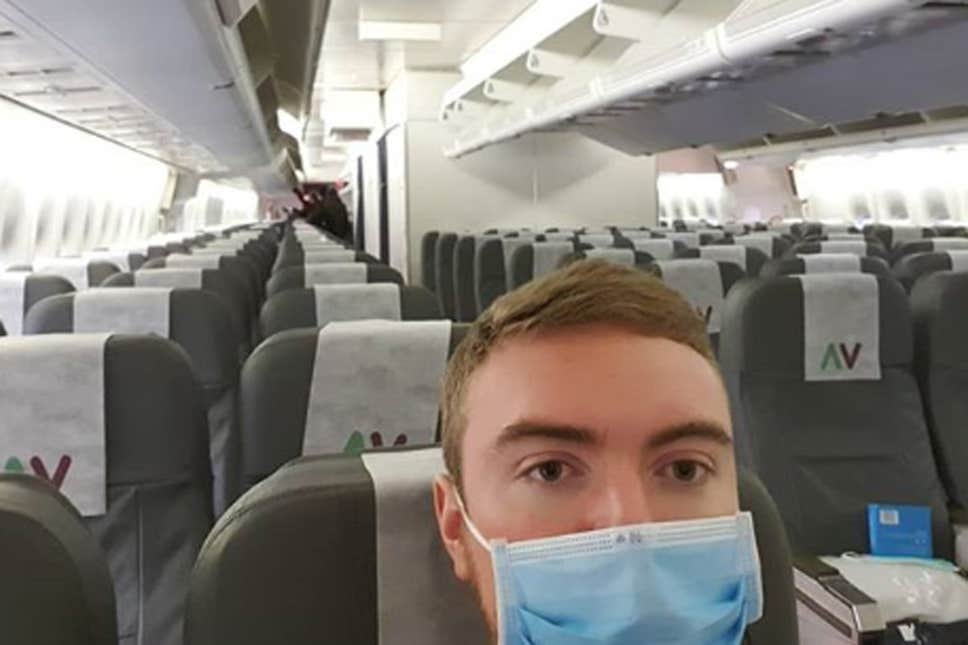RIO DE JANEIRO, BRAZIL – Uber drivers raise distressing questions: “Do you see what’s going on in Italy? What do you think is going to happen here?”
Yes, while some are asking about the dollar rate, others are asking about things like this. Anyone who has been following the situation and has not stuck to the “it’s just another flu” tale, must have already given it some thought.
The experience of living in a deserted city, under curfew or even under permanent ban, may be somewhat distant for most people, but there are some parallels.

In the disastrous month of May 2018, Brazil stopped for about ten days during the truckers’ strike. Ideologies aside, whether or not supporting the strike, it had a cost, and much greater than the R$12 (US$2.5) billion in diesel subsidies (yes, Brazil is subsidizing diesel, such is the degree of disarray in which we live).
According to the Ministry of Economy, in a study conducted by Secretary Ana Paula Vescovi, the strike had an impact of 1.2 percent on GDP. In nominal values, this implies that R$60 billion in wealth (a number five times greater than the cost of diesel subsidies to the country) was no longer generated.
In the current case, even though it is too early to determine (and, as Professor Renan Pieri of FGV said, the situation still requires further data to be effectively measured), the Economic Policy Secretariat (SPE) is projecting an impact of up to 0.56 percent in the GDP in the worst-case scenario (the SPE’s study was published on March 11th, and therefore uses the possible transmission channels at the time, such as exports, to quantify the impact).
A 1.2 percent drop in GDP means that over those ten days in May 2018, and its consequences throughout that year, Brazil lost the equivalent of the total growth in 2019. Even half of that, as the SPE estimates now, would mean another year of poor results for the country, which is suffering to overcome the worst economic crisis in its history.
However, contrary to popular belief, the economy does not respect commemorative dates and does not start from scratch every new year. The effects of a lockdown or quarantine are felt for years in transmission mechanisms.

Economic impacts
Brazil has an ingenious system of taxes that assigns industries the responsibility of collecting taxes. Lawyers call it “Tax Substitution”, but one might call it “Tax Collection Outsourcing”.
Under this model, an industry that produces a product to be sold in retail stores pays the industry’s own taxes, that of the distributor or middleman, and that of the store itself. Its effect is an increase in state revenue, which now needs to oversee one industry rather than a thousand shopkeepers.
Another effect, felt in cases such as the truck drivers’ strike and a potential shutdown on account of Coronavirus, is industries with products that have already been produced but do not have anyone to sell to, and to make matters worse, they have to pay taxes before selling these products.
According to the financial statements of publicly traded companies, the ten-day strike produced a loss of R$1.2 billion in EBITDA (Earnings before interest, taxes, depreciation, and amortization) in the country’s ten largest companies alone. At least 68 percent of the companies that make up the BOVESPA index reported losses.
In trade, which accounts for 12 percent of the country’s GDP, each stopped day is equivalent to R$2 billion less in sales. In supermarkets and agribusiness, perishables are the main concern. With restrictions on circulation, sales drop and many products are not used.
However, a little more than five years after the economic crisis, there is now an even greater concern. Around five million Brazilians earn their income from some kind of App job, such as Uber, iFood, Rappi, etc. And there is no provision that guarantees them an income with the drop in sales.
As much as one may continue to demand products while remaining at home, the number of closed establishments tends to grow, and consequently, the demand for Apps.
Things get worse for store owners. Wages will have to be paid regardless of whether the trade or industry continues to operate.
In this instance, the impact may be felt for years. From the bankruptcy of small companies that are unable to afford a month’s worth of costs with no turnover, to the cost of contracting lines of credit for working capital, which in turn will expose companies to a debt that limits their investments in the short and medium term.
This snowball effect could also extend to inflation, since there is a sharp drop in production to be offset later.

A global issue
Among the economic sectors, tourism is by far the most affected. In Italy, a country that has only been restricting the circulation of people for two weeks, estimates suggest that 32 million people may stop visiting the country this year, cutting €5 billion from the economy.
According to Italy’s former head of the national treasury, GDP under isolation to counteract the spread of the coronavirus, stands between ten and fifteen percent below average. The drop in the tourism sector stands at 90 percent, while industrial production has dropped ten percent. Excluding the food sector, retail in Italy is 50 percent below average. In the first quarter of 2020, the country is expected to lose 0.3 percent of GDP, while in the second quarter the estimate is for 1.2 percent.
Across the world, China is also contributing negatively. Hollywood alone estimates losses of US$5 billion with the shutdown of 73,000 movie theaters in the Asian country. Much more significant than this, however, is the effect of the Chinese shutdown in global supply chains.
A number of consultancies are now assessing internally that the virus could trigger a dramatic change in the global supply chain, as Chinese production downtime could affect plants in the world’s most remote locations.
As Capital Economics Consulting points out, the coronavirus could impact the world economy by as much as US$280 billion, resulting in a whole quarter lost.
For the International Air Transport Association (IATA), the losses to airlines alone could reach US$113 billion.
Back in Brazil, companies like Azul have already suspended their forecasts for the year 2020. In the electronics sector, the shutdown in China is already being felt with delays in the delivery of components for cell phone production.
All this may seem dramatic, and indeed it is, but there is a reason for it. From what the world has witnessed, the coronavirus causes at least 20 percent of those infected to require hospital care, with about five percent of these requiring an intensive care unit (ICU).
Absent any control measure, it would be enough for one percent of the Brazilian population to be contaminated by the virus for all of the country’s hospital beds to be used. In this same scenario, 100,000 ICU beds would be required, against the 44,000 existing in Brazil today.
That the year 2020 will not be at all easy, seems a sentence already handed down. From now on, it is up to countries to prevent and defer worse situations.
In this line of minimizing the damage as efficiently as possible, South Korea can provide a good example. There, up to 140,000 tests a day have been conducted.
The cost may seem high, but locating those who are infected with the virus and providing adequate treatment is a much more effective method than closing the cities altogether. Resources are spent immediately, but the humanitarian and economic costs are fully compensated as production continues and more lives are saved.
Source: Infomoney

